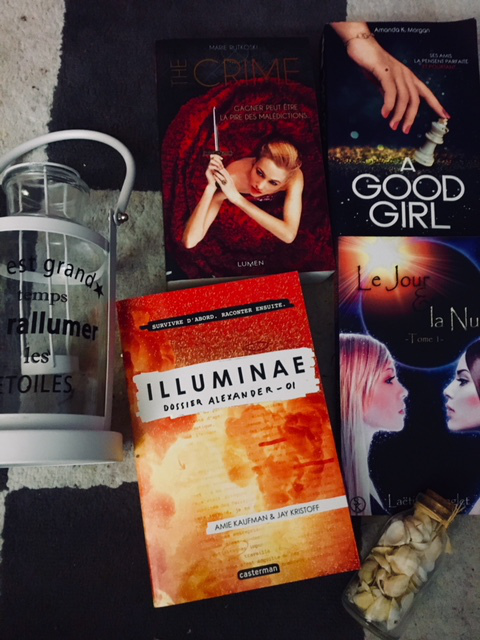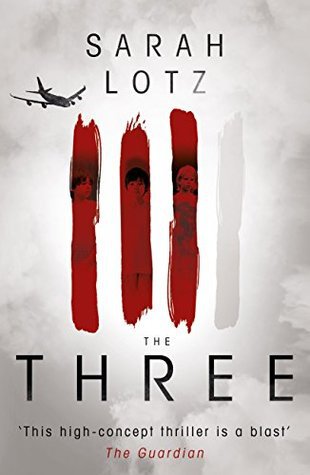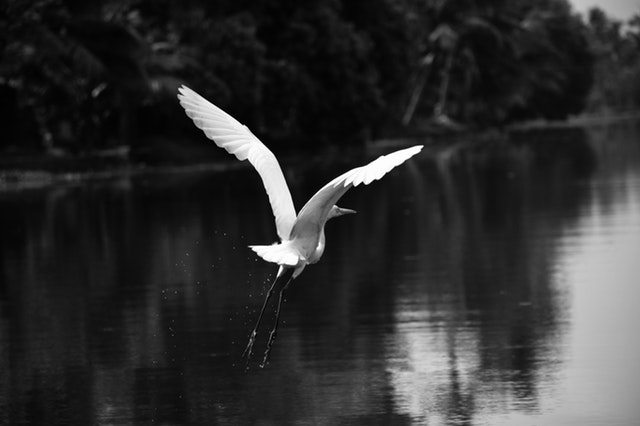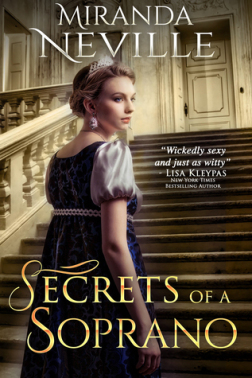Of the five novels I’ve published, my first, EYEWALL, remains by far the best seller. That’s been a little difficult for me to come to grips with, since I don’t think the book necessarily reflects my best writing. It’s not that it’s bad writing—or it would never have sold as many copies as it has—it’s just that I like to think I grow (get better) as a writer with each new effort.
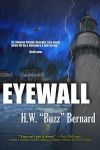
That thought, that I get a little better each time out, is essentially validated by the ratings readers have posted for my books on Amazon and Goodreads. If you average them all out, my more recent works come out on top.
So why haven’t sales responded accordingly (aside from the fact there’s just so much more competition these days)?
I did a lot of thinking about that before starting my newest novel, CASCADIA. I’m not positive I came up with the correct answers, but I think I might have, as I’ll discuss shortly.
Perhaps the most obvious difference between EYEWALL and my other novels, is that in EYEWALL I’m dealing with something powerful, slow-moving, and relentless—a hurricane. It’s almost like having self-generating suspense.
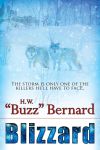
A blizzard can be powerful and relentless, too, but perhaps without the ominous, deadly undertones of a Cat 5 tropical cyclone.
My novel SUPERCELL is set against a background of severe thunderstorms and tornadoes. Again, these phenomena can by violent and awesome but are generally short-lived. Thus, they offer a significant challenge when it comes to crafting ever-mounting literary suspense.
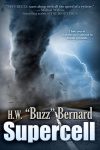
I had to deal with the same problem in CASCADIA where the drama revolves around a great earthquake and massive tsunami. Such events are immensely violent but occur without warning, so there’s no inherent build up of tension.
(I’m going to leave my novel PLAGUE out of this discussion, since it’s a more traditional thriller and doesn’t deal with geo- or atmospheric events.)

Another difference between EYEWALL and my earlier works is that EYEWALL contains three distinct story lines (the main plot and two subplots) that merge at the end of the book. Also, there are no fictional settings in EYEWALL. The focus of the drama is St. Simons Island, Georgia, a place that’s real and well-known.
And finally, given that the suspense in EYEWALL is essentially inborn in the storm, there’s no need to enhance the tension by introducing human antagonists as I did in BLIZZARD and SUPERCELL. (Although I loved crafting the bad guys in each book.)
So where did my analysis lead me? Well, back to attempting to do in CASCADIA what I did in EYEWALL.
In CASCADIA, like in EYEWALL, there are three different story lines all converging on the same point. The setting of CASCADIA, similar to that in EYEWALL, is real: the beautiful and rugged Oregon coast, specifically the small town of Manzanita.

There are no villains in the new novel except for the Cascadia Subduction Zone, a sleeping geological giant that threatens to unleash a thunderous earthquake and massive tsunami on the Pacific Northwest—nothing like living on a fault line to automatically ratchet up tension. The story isn’t all plot-driven, however; it boasts an abundance of human conflict and mystery, the chief ingredients of any well-crafted drama.
In the end, both novels deal with a catastrophic event, a powerful natural phenomenon that has happened in the past and will happen again. If anything, the tragedy depicted in CASCADIA is several orders of magnitude more horrific than one that haunts the pages of EYEWALL.
But back to the main topic. Did my analysis of what I think worked well in terms of crafting suspense and thrills in EYEWALL bear fruit for CASCADIA? Yeah, I believe so. Here’s why.
First, reader ratings for CASCADIA are higher than for of any of my other books, including EYEWALL.
Second, Amazon sales rankings—I don’t yet have actual sales numbers—for CASCADIA over the first six months of its existence have held up far better than those for any of my other novels except EYEWALL. (I should explain the reason EYEWALL got off to such a roaring start was that it received the benefit of special promotions early in its life. CASCADIA didn’t. It’s had to cling to its standings based on its own merits. The reasons for that are complex, so I won’t go into them here.)
The bottom line is this: what I think worked well in making EYEWALL so popular with readers, seems to be doing the same for CASCADIA. Still, that’s only a preliminary judgement. The final call is down the road yet.

H. W. “Buzz” Bernard is a best-selling, award-winning novelist and a participating MTW author.
Share this: